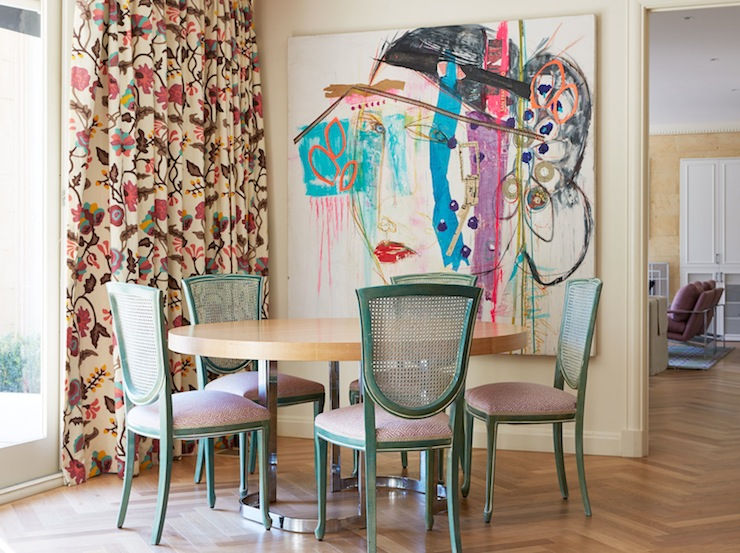DEVELOPING YOUR BRAND COLOR PALETTE
- beckysimmon
- Mar 14, 2024
- 2 min read
Color is the most prominent, noticeable component of your brand.

It plays a huge role in how your brand is perceived. It helps with recognizability and memorability, and it has the potential to attract the right kind of clients or customers.
Coming up with a color palette can be challenging for anyone developing their brand. Most don’t know which colors to choose, how many colors to include, or how to use the colors together.
THE PSYCHOLOGY OF COLOR
Color is a powerful communication tool and is often used by designers to encourage action, influence mood, and tap into emotions. It’s a tool that gets your audience to see what you want them to see, feel what you want them to feel, and do what you want them to do. In fact, research has confirmed that 60% of people will decide whether or not they’re attracted to a message based on color alone. How you use color also affects the visibility of your brand and reinforces brand recognition by up to 80%.
If you want to create a color palette that attracts your ideal audience and accurately represents your brand, you have to have a basic understanding of color psychology.

(Graphic: Medium.com)
YOUR BRAND COLOR PALETTE SHOULD BE AROUND 5 COLORS
This allows you to have plenty of colors for any situation, while still maintaining consistency and brand recognition. I always choose one main bold color and then an another main color that compliments it. These will be your two main brand colors that will create brand recognition.
INCLUDE BOTH LIGHT AND DARK TONES
One of the largest mistakes I see is the lack of contrast in a color palette. A strong palette includes a balanced mix of light, medium, and dark tones, regardless of whether it uses a monochromatic, analogous, or complementary color scheme. Make adjustments to your palette to ensure that the colors you’re using include an array of light and dark tones to not only add contrast, but to give you more versatility when you implement your brand into your collateral items and website.
CHOOSE DOMINANT AND ACCENT COLORS
Now that you’ve settled on a color combination and a good mix of light and dark tones, it’s time to decide on 2 main colors and 3 accent colors.
You usually won’t use every color in your palette for each collateral item, logo variation, or page of your website, so determine which colors will be used most often and which will be used as accents.
Here are a few of my favorite color combos using these rules:









Comments